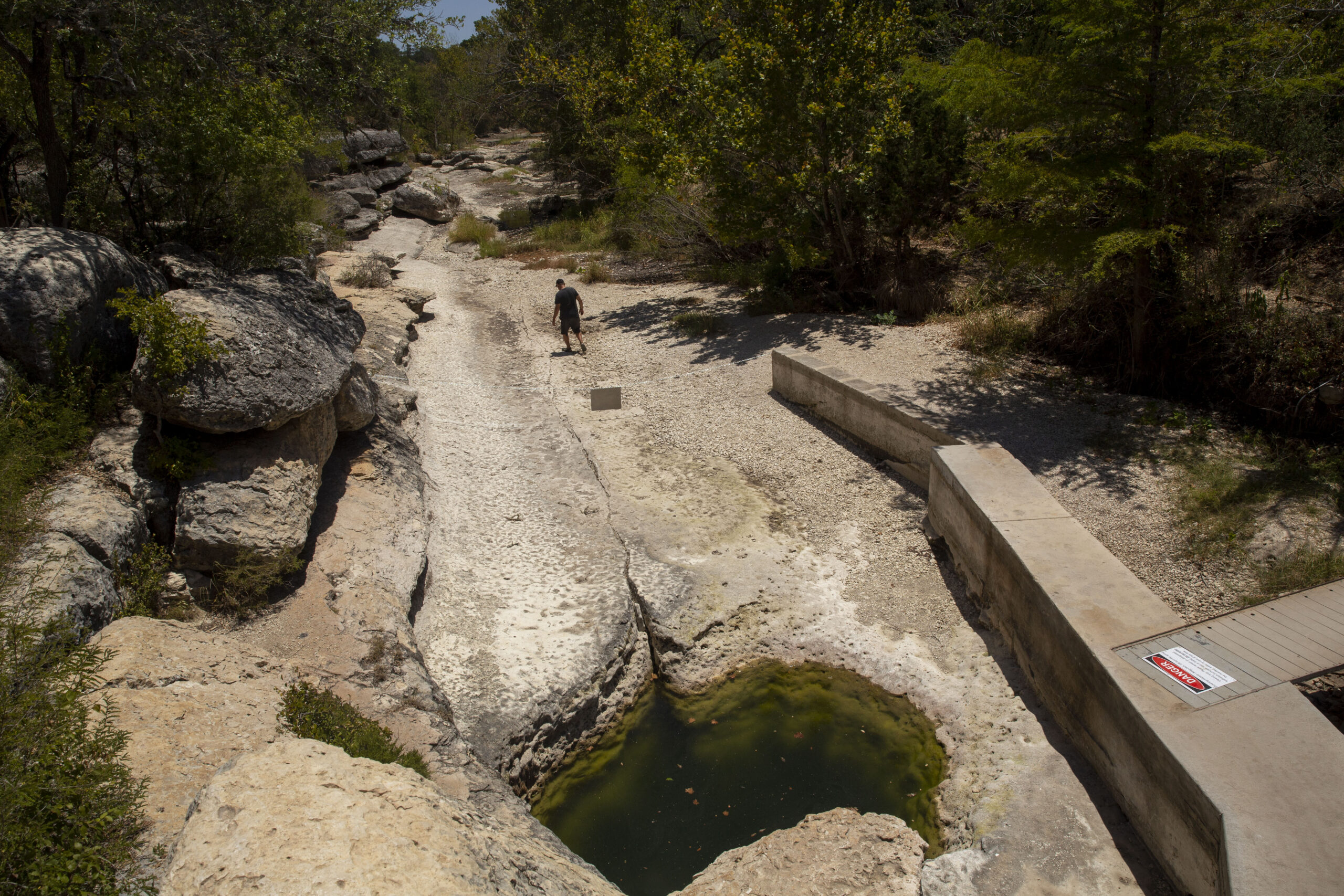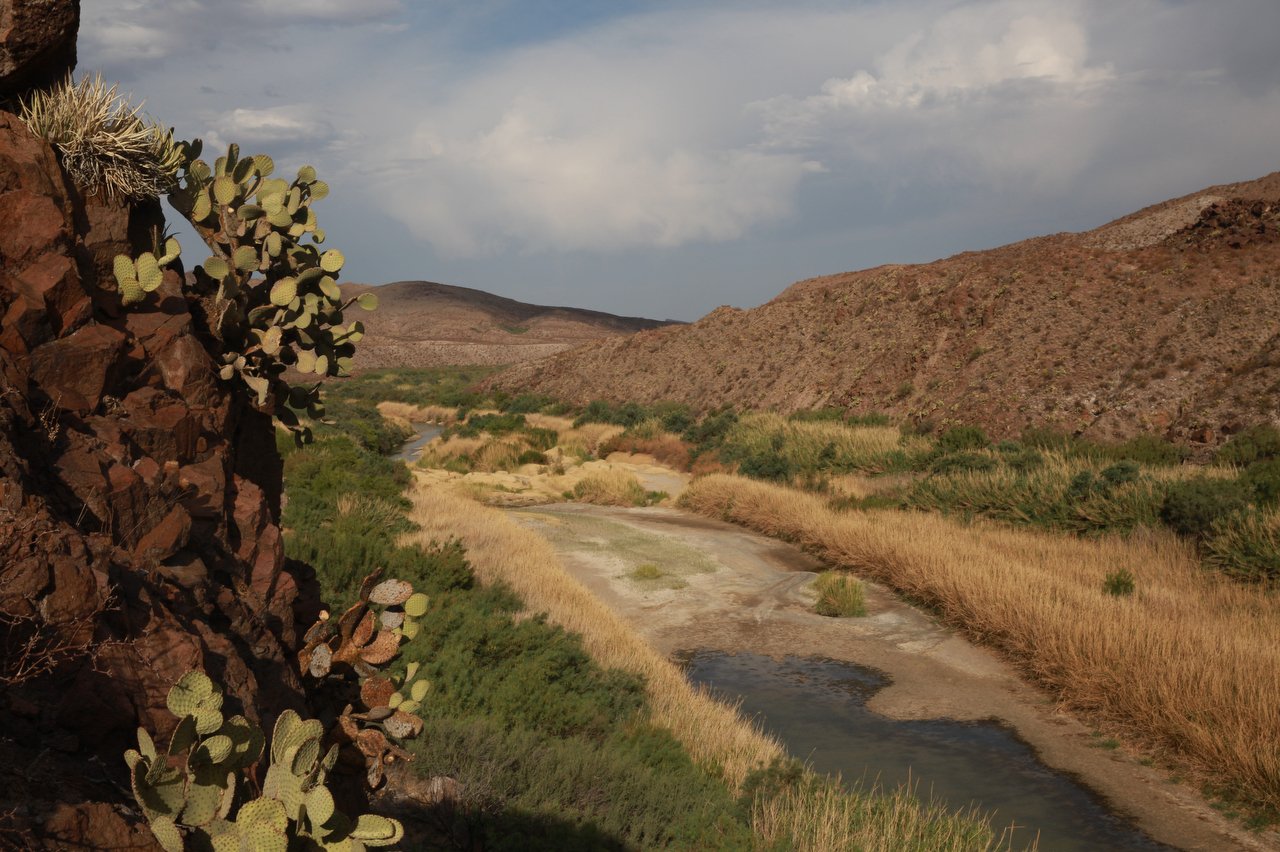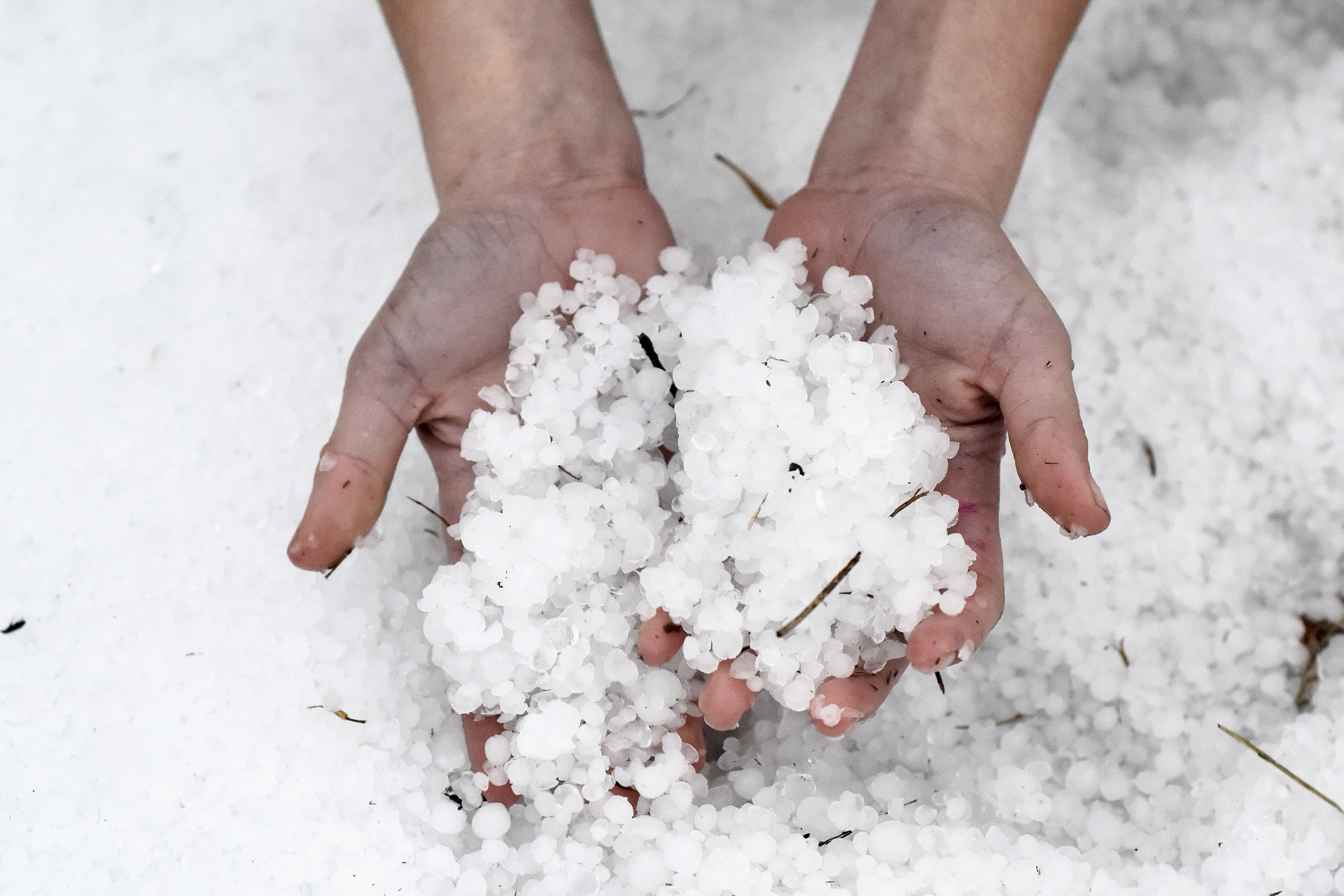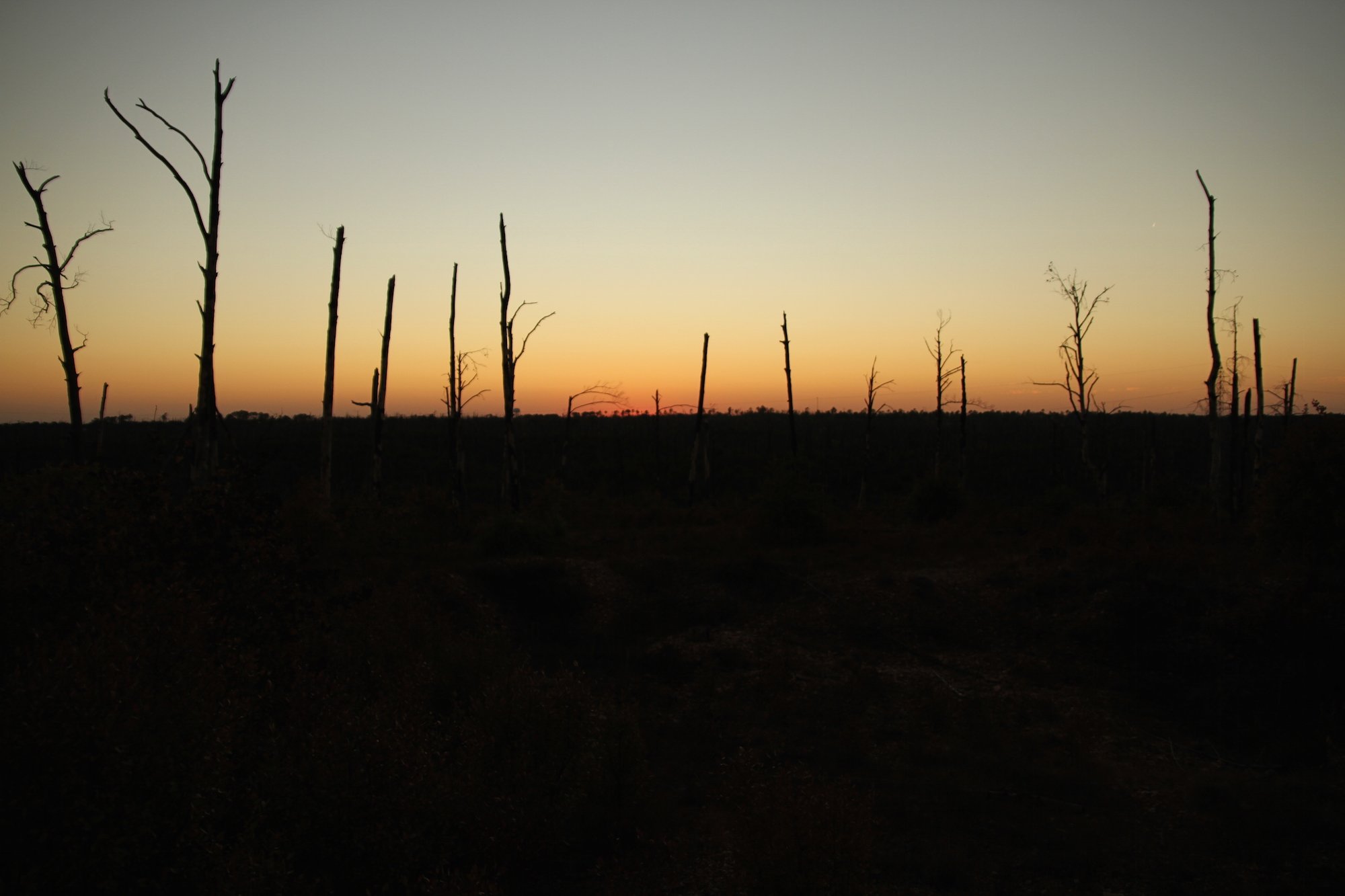
Wildfires Likely the ‘New Normal’ for Bastrop
Climate change has come to Bastrop, whether or not Texas politicians are willing to admit it.

Smoke still lingers along the back roads of Bastrop County, the sweet scent of pine wafting through the charred trunks of 50-year-old trees. The landscape calls to mind the aftermath of other natural disasters: the twisted path of a tornado or the still, watery remains after a hurricane.
The Hidden Pines Fire, which has burned for the last week in and around Smithville, is almost extinguished. The fire destroyed 64 buildings and scorched 7 square miles of Bastrop County, an area nearly as large as the city of Bastrop itself. This comes only four years after the devastating 2011 Bastrop Complex fires, which burned more than 1,600 homes and an area more than seven times that of Hidden Pines.
Experts say wildfires in Bastrop County are happening with greater frequency and intensity — a troubling trend for an area that’s grown more than 30 percent since 2000. A combination of factors is at work, they say. Rising temperatures and worsening drought — effects of climate change — are exacerbating natural conditions that make Texas prone to wildfires.
Making matters worse is population growth among the pines. Not only does more people mean more lives and property at risk; it also means that fire prevention and mitigation becomes more challenging. The task of removing excess brush, grass and trees — the fuel for wildfires — falls in large part to increasing number of individual landowners, requiring a tremendous amount of coordination and expense.
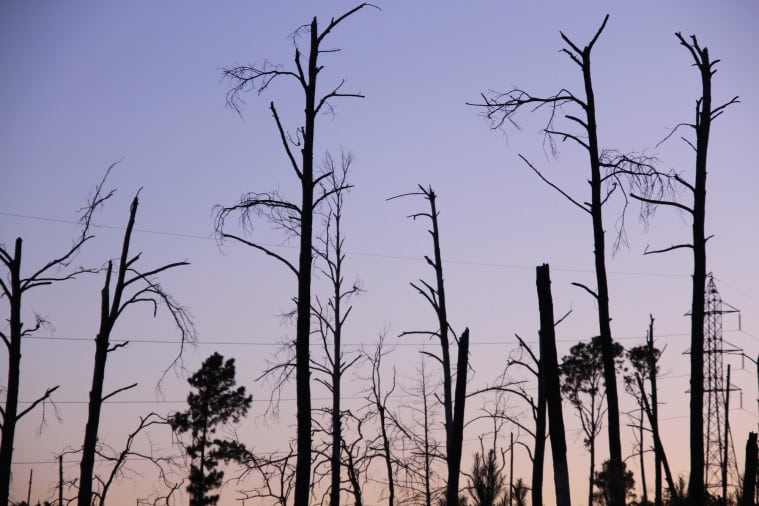
According to the Texas Forest Service, only one fire burned more than 5,000 acres from 1985 to 2000. But in the last 15 years, Texas has seen fires of that size almost every year. In 2006, 2008, 2009 and 2011, there were 10 or more fires that damaged more than 5,000 acres.
“We see our rainfall patterns shifting and increasing risk of higher temperatures, which exacerbate our already frequent dry conditions,” Katharine Hayhoe, a climate scientist at Texas Tech University, wrote in an email to the Observer. “Texas has always been vulnerable to wildfires. With our rapidly expanding population, and our changing climate, the risks posed by wildfire are not going away any time soon.”
Fire has always been a natural hazard in Texas, but an apparent increase in extreme dry periods followed by extreme wet periods has exacerbated the problem. Wet growing seasons fuel lots of plant growth and then drought kills off the vegetation.
“There’s no checks and balances,” said Justice Jones, manager of the Wildlife Fire Mitigation division of the Austin Fire Department. “Fuel grows, it dies, and it waits for the wildfire season.”
In 2011, the state’s worst single-year drought contributed to the Bastrop County Complex Fire. This year, a wet spring and early summer was followed by a very dry spell that plunged the Bastrop area into a severe drought, said state climatologist John Nielson-Gammon. For the past 110 days, Smithville has had just 1.19 inches of rain, eight times less than the average amount and the lowest ever recorded for that time period.
Nielson-Gammon said Texas needs to prepare for fire seasons like other states plan for tornadoes and hurricanes. Unlike those places, though, fire can happen in Texas anytime.
“For a fire to spread like that, you need it to be hot, dry and windy,” he said. “You can have hot, dry and windy anytime of year in Texas.”
During a panel discussion, Republican Congressman Lamar Smith, who chairs the House Science, Space and Technology Committee, claimed that there’s no correlation between climate change and extreme weather.
“What it really comes down to is allying our human community with our ecological community,” Jones said. “Where humans go, fires go. … It’s really time for us to confront that, rather than waiting for fire to come to our doorstep.”
For nine years, Jones worked at the Texas Forest Service as the wildland urban interface coordinator, and he said as homes are built in fire-prone areas, residents need to understand the high risk of uncontrolled wildfire.
“We live in a fire-adapted ecosystem. They’re going to burn at some point,” Jones said. “The problem for us is that species that don’t adapt tend to go extinct. Not doing so would make as much sense as being on the coast and not preparing for a hurricane.”
Standing well over 6 feet tall and sporting a signature white cowboy hat, Bastrop County Judge Paul Pape has been holding daily press conferences on the Hidden Pines Fire in the Smithville Recreation Center. He’s seen first-hand the increasing accumulation of what’s called ladder fuel — brush, pine needles and debris that brings fire from the forest floor up to the treetops.
“What used to be fuel this tall,” Pape said, holding his hand knee-high, “is now fuel this tall.” Pape raised his hand a foot above his considerable height. “When the fire gets in the canopy of the forest, you can’t fight it.”
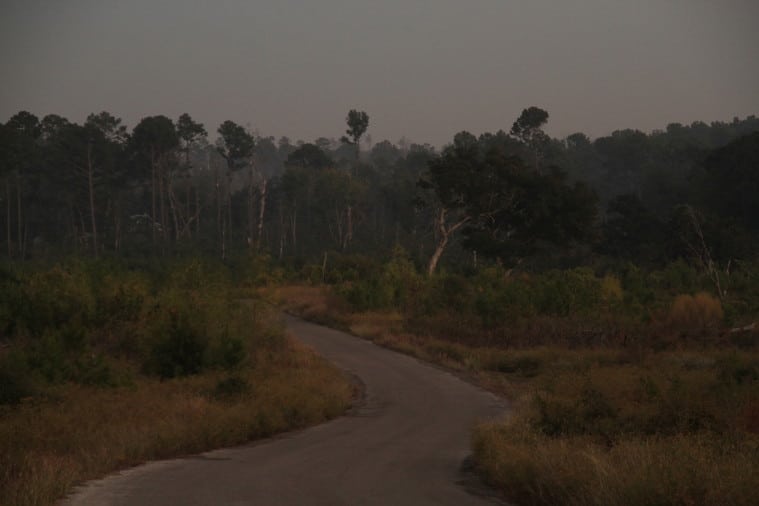
It used to be that nature could take its course and fire could burn out more or less on its own, taking scrub brush and piles of dead pine needles with it, explained Pape. Once housing began to creep in on the pines, area officials couldn’t just let it burn.
“Because there’s people living here now, we can’t deal with fire the way we used to deal with fire,” Pape said.
After the 2011 fires, Bastrop County rolled out a $4 million fuel reduction program partially funded by FEMA. The program pays, in part, for Bobcat-mounted flail mowers to chip through undergrowth on private property. But getting landowners to agree to it is part of the battle.
“I’ve had people say to me, ‘Don’t you set foot on my property, don’t you cut one of my trees,’” Pape said. “That’s the kind of idiotic attitude people have, so it’s no wonder that this keeps happening.”
Pape said everyday folks — the “Mr. and Mrs. Smiths” of Bastrop — who want to live among the pines will have to start working with, rather than against, the county on fire prevention. “Unless people start taking it seriously,” said Pape, “I can’t treat the whole 900 square miles of Bastrop County. Who has the time or money for that?”
The Hidden Pines Fire — and the fight against it — raged the same weekend that politicians and policymakers, just down the highway in Austin, took the stage to fight over climate at the Texas Tribune Festival.
During a panel discussion, Republican Congressman Lamar Smith, who chairs the House Science, Space and Technology Committee, claimed that there’s no correlation between climate change and extreme weather. Bryan Shaw, chairman of the Texas Commission on Environmental Quality, said temperatures have climbed in Texas, but questioned whether people are responsible.
But whether lawmakers believe in climate change has little bearing on reality, Jones said. Climate change is “undeniable,” he said, and Texas is facing a growing wildfire threat that must be addressed.
“For the fire community, it’s almost somewhat irrelevant. They know what they’re seeing on the ground is worse than they’ve ever seen before,” he said. “It might just be our new normal because it hasn’t taken a turn for the better.”
